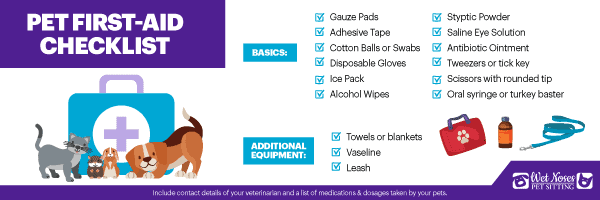How To Keep Your House Smelling Fresh When You Have Pets
How To Keep Your House Smelling Fresh When You Have Pets
If you have pets, you probably have pet odor. But fear not! Keeping your house smelling fresh when you have pets is easier than you think. Following these handy tips will help banish pet odor for good.
Absorb the smell, don’t cover it up
Most of us just cover up pet odor with a quick spray of Febreze but this can actually make a pet odor problem worse. Covering up odors doesn’t solve the underlying issue. You need to absorb the odors to eliminate them, not just cover them up.
Use an air purifier or pet odor candle
Air purifier’s are a great way to keep the air in your home smelling fresh. You’ll have to remember to change the filter regularly but these can be a quick way to help manage pet odor. Not a fan of an air purifier? One Fur All makes a pet odor eliminator candle to help freshen the air in your home.
Embrace baking soda to absorb smell
Baking soda has been used for years to help absorb fridge odors but it can also be used to help absorb pet odors.
Maintain the litter box
The one thing all cat owners hate, besides being woken up at 2AM to the sound of barfing, is scooping the litter box. But it’s an important task that should be done daily. Not only will the litter box be more hygienic, it’ll help reduce the amount of pet odor in your home. Some people rave about the Litter Genie, instead of using a plastic bag from the store you simply dispose of the litter into the litter genie and only take it out when it’s full.
Check out our list of products every cat needs in their life for more recommendations to make litter scooping easier.
Vacuum at least once a week
Even if you don’t have carpets, vacuuming is important to help keep the “tumbleweeds” of hair at bay. If you do have carpet, vacuuming at least once a week will help remove pet odor that comes from fur, dandruff, and whatever may have been on their paws.
Open the windows
Fresh air is good for you and your pets! Opening the windows can help reduce odor by bringing in fresh, not stale, air. This is the easiest way to keep your house smelling fresh with pets.
Change those furnace filters
It’s something you might not think about but the more pets and the more humans you have in your home, the more often you need to change those furnace filters. We change ours about once a month to help keep dust down and other pet odors.
Wash pet bedding
Bedding is great at absorbing odors. You should aim to wash your pets bedding at least once a week depending on how soiled it gets. If your pet sleeps with you, you should also wash your bedding to help reduce odor further.
Groom your pet regularly
Dandruff, dead skin cells, and extra fur can all contribute to pet odor. They also contribute to the dust in your home and clog up furnace filters. Grooming your pet regularly will help to reduce the amount of dandruff, dead skin cells, and extra fur in your home.
Invest in an enzyme cleaner
Enzymatic cleaners are a life saver. They do more than help clean up a mess. They actually break down the biological elements of pet accidents to help reduce the smell. Nomos is a personal favorite, but it’s hard to find. Nature’s Miracle is another good option that may be easier to find.
Did you also know you can use some plants to purify the air in your home? That’s right! But make sure they aren’t on our list of toxic plants to cats first. Let us know in the comments if you found any of these tips helpful.

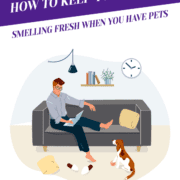
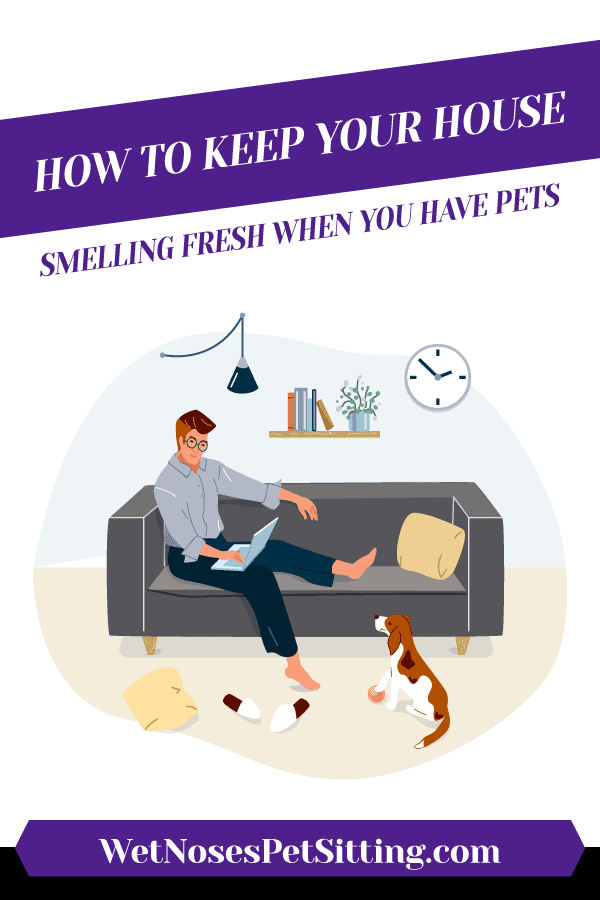
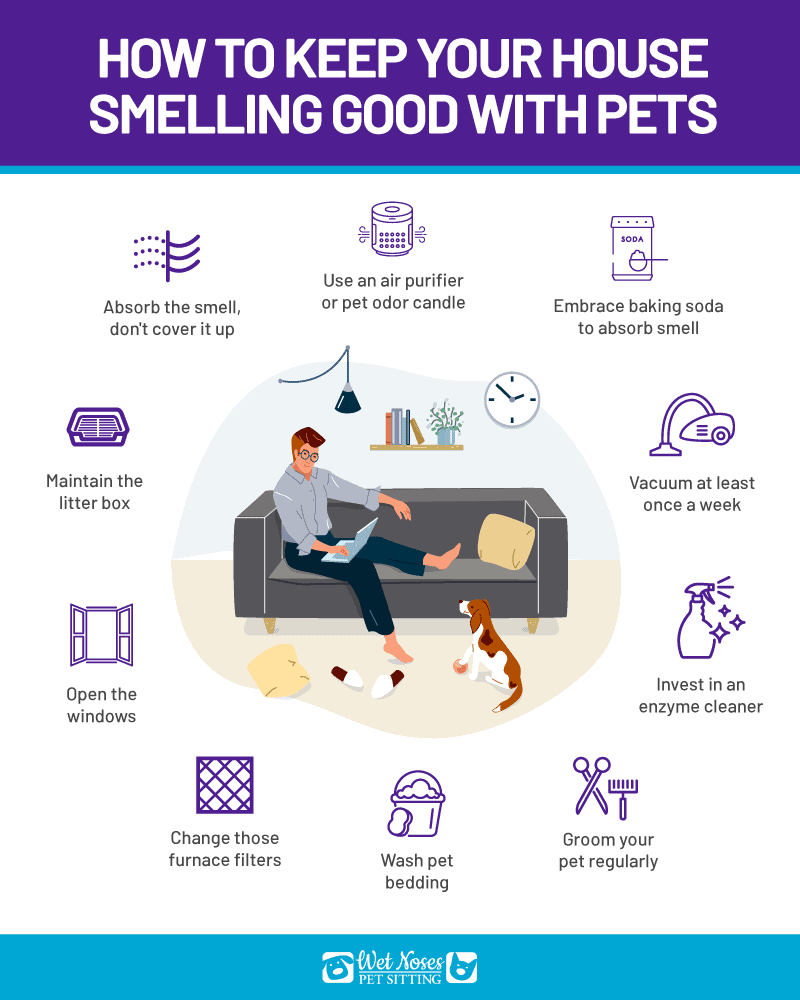
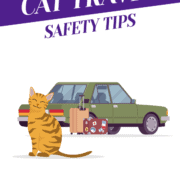
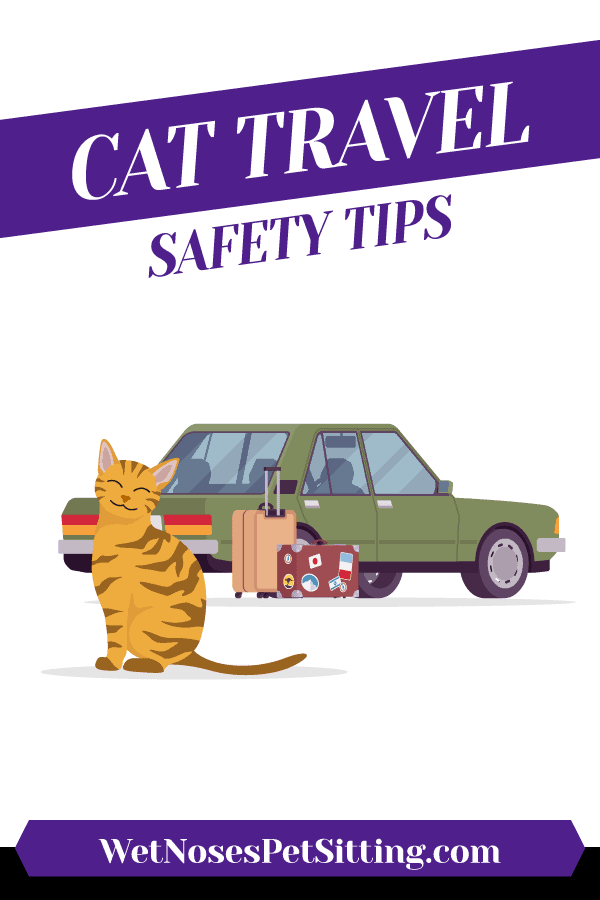
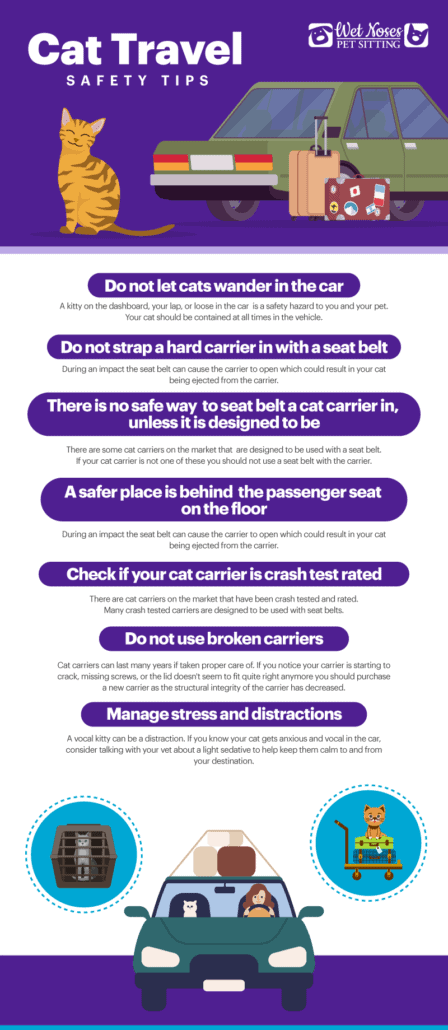



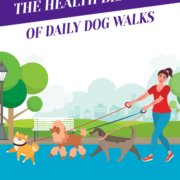
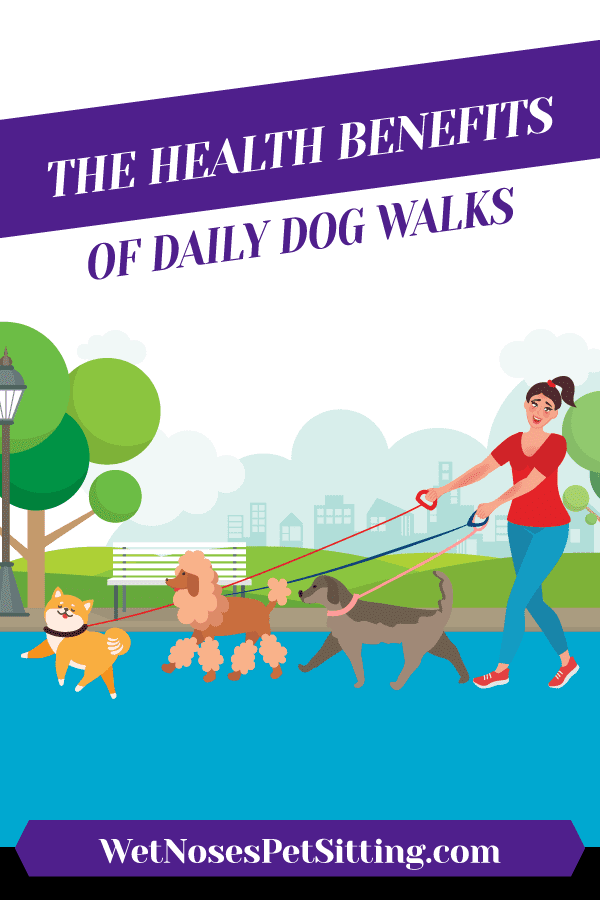

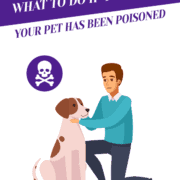
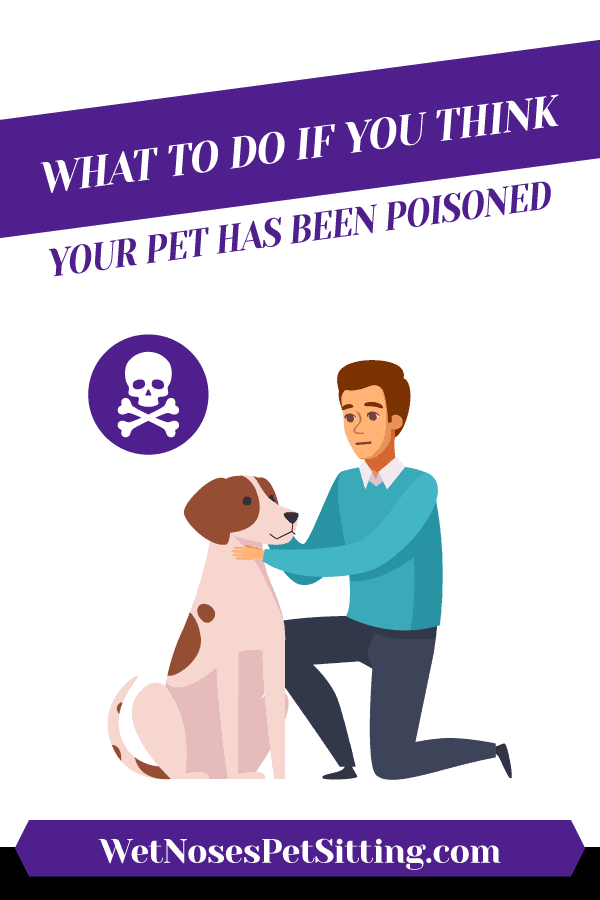
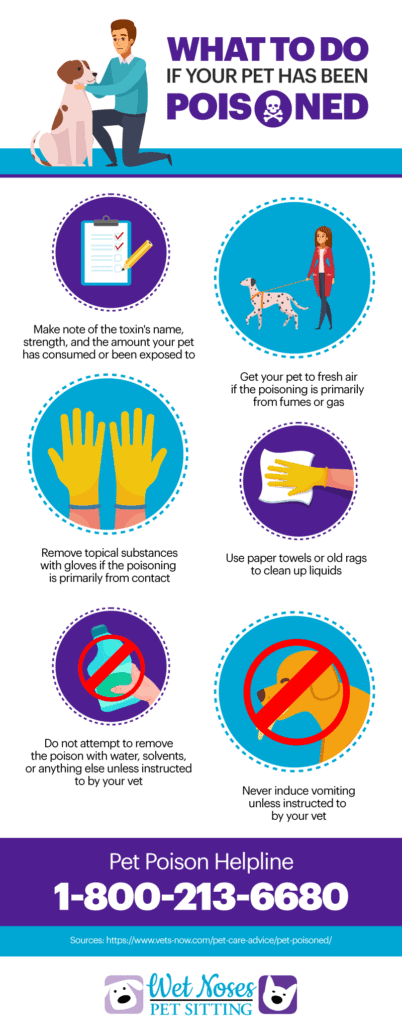
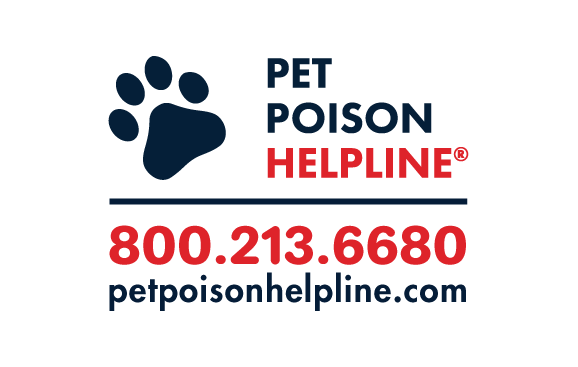
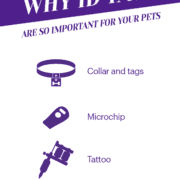
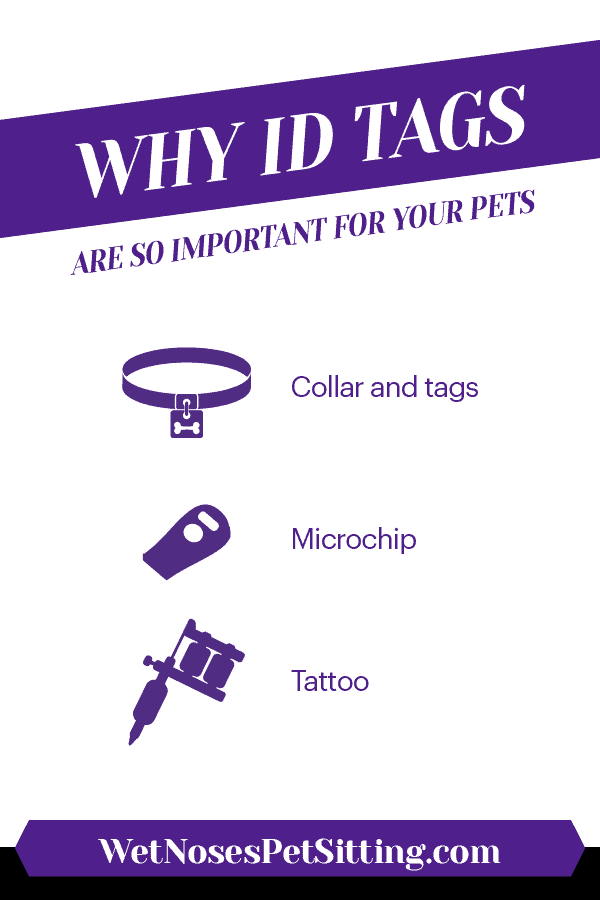
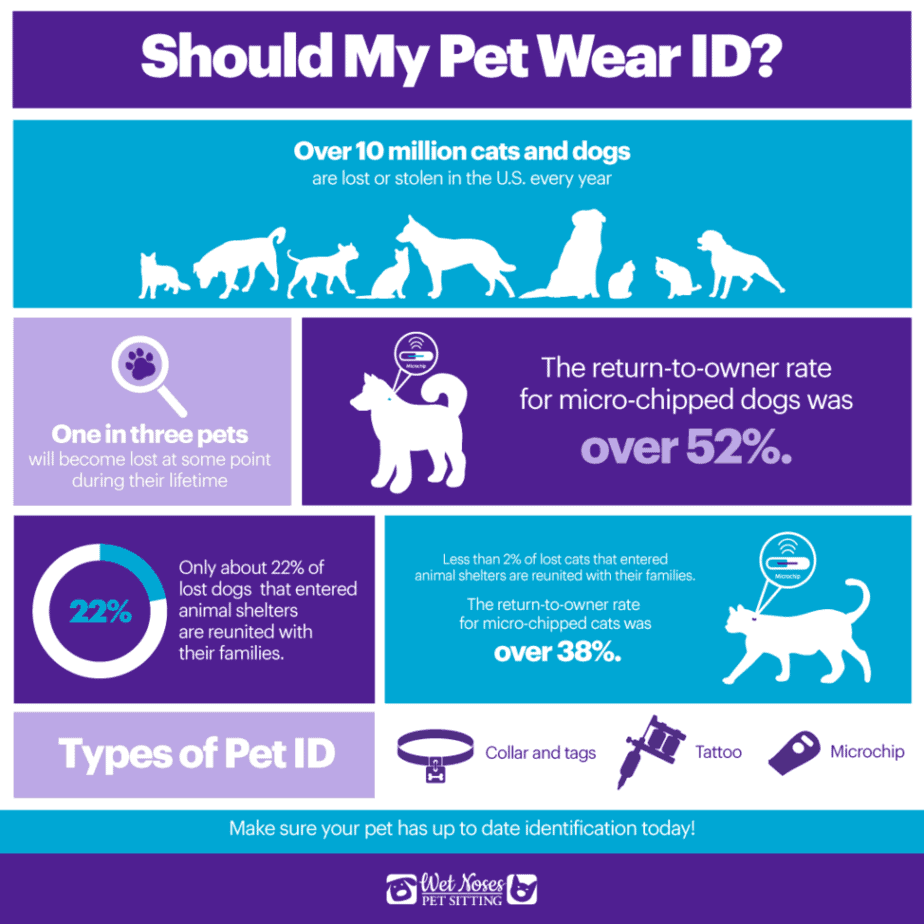

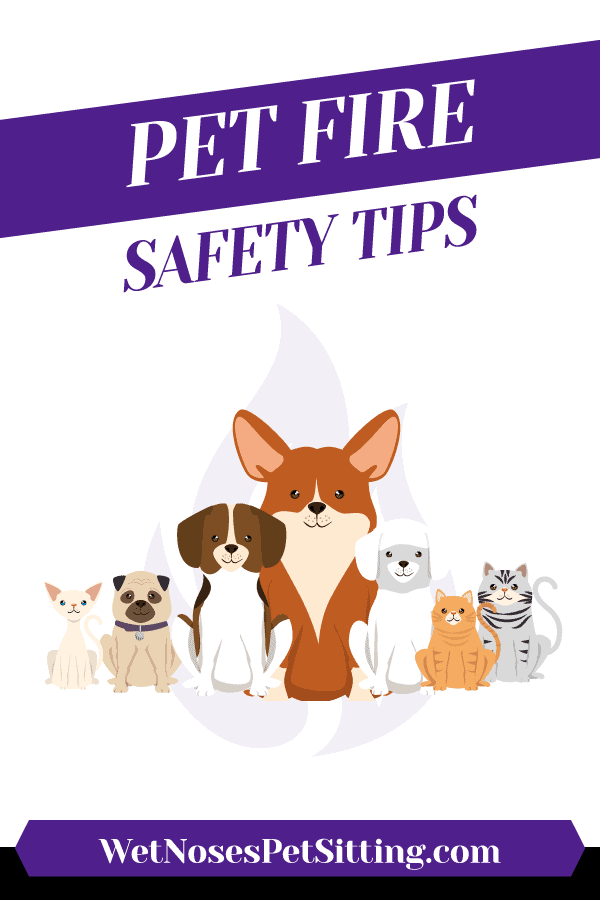 Pet Fire Safety Tips
Pet Fire Safety Tips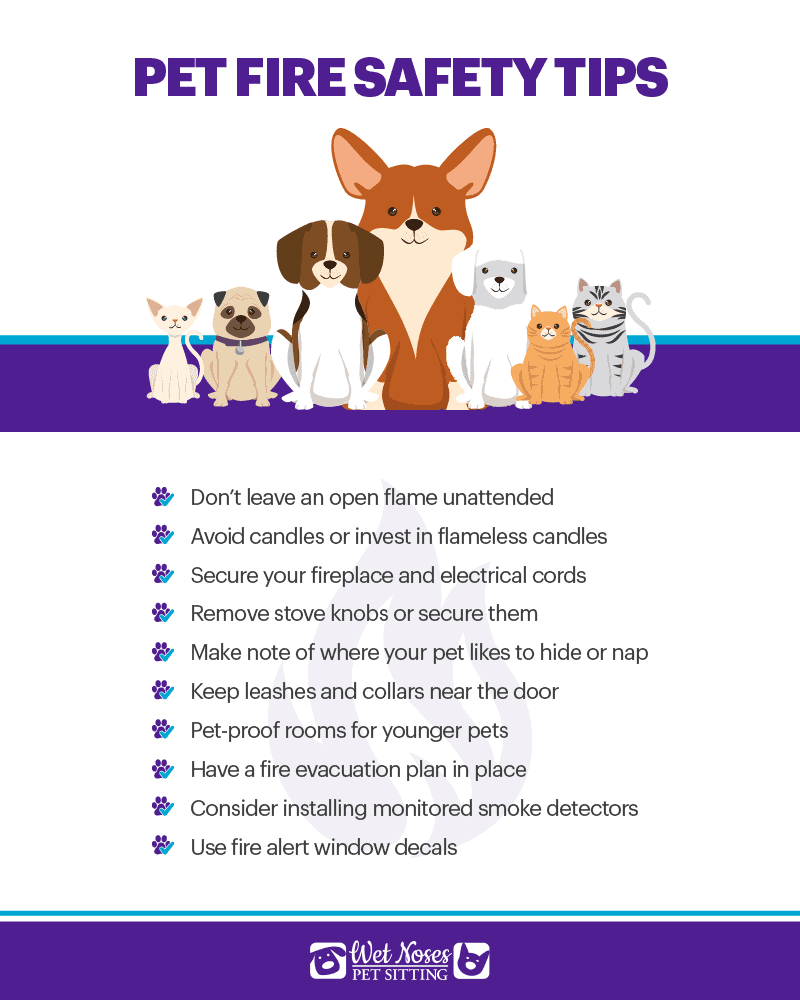
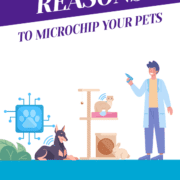
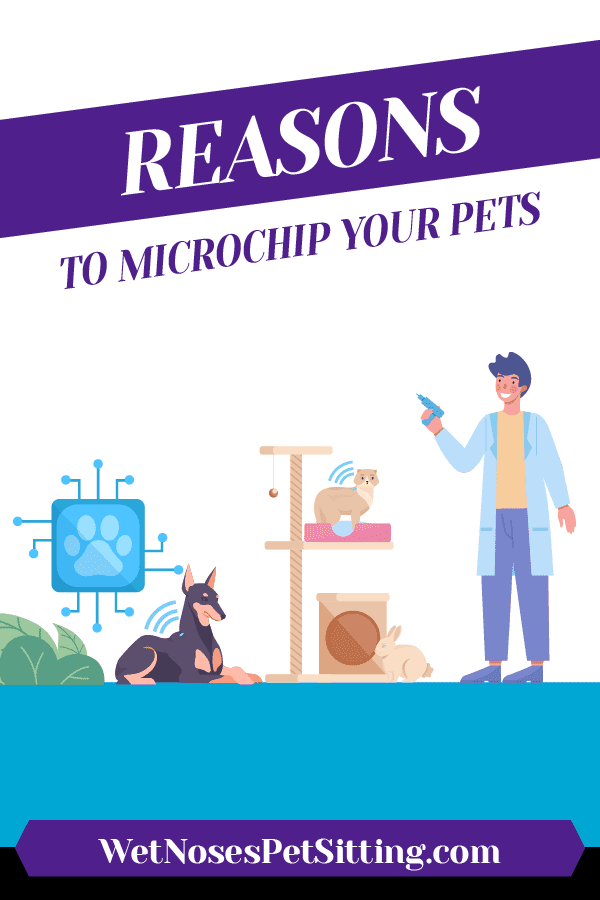
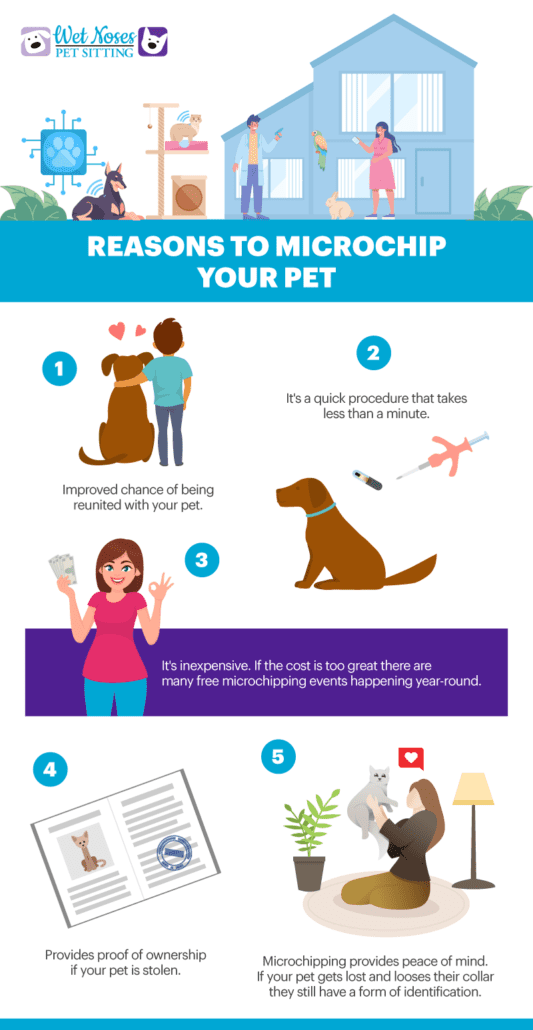
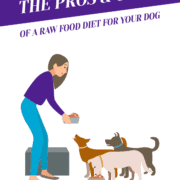
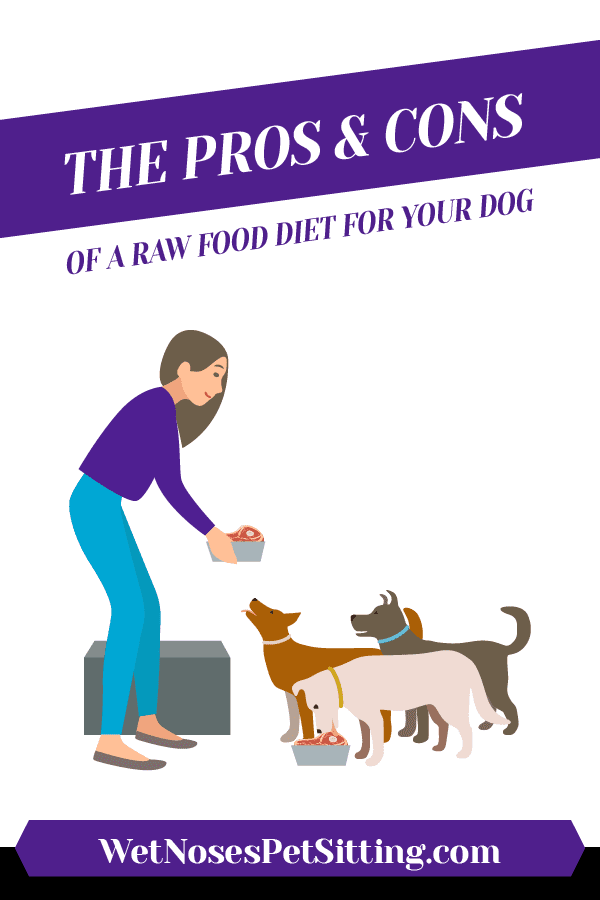
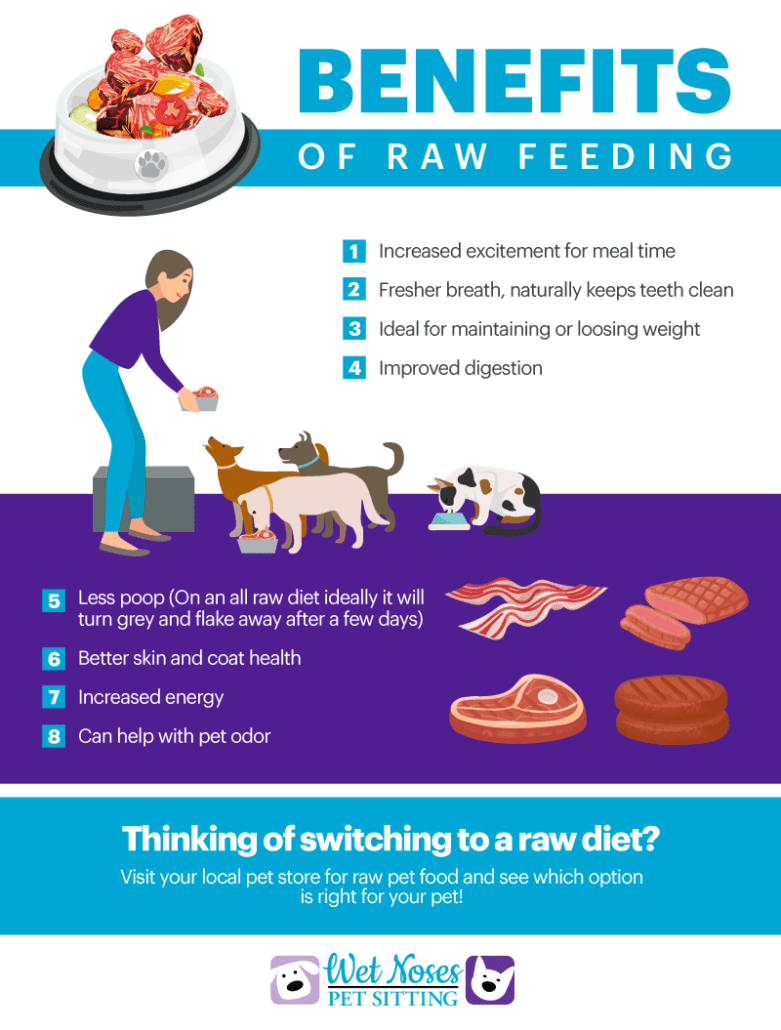 What do you feed your pet? Let us know in the comments or @WetNosesPetSitting. Curious about cats? This information applies to cats too.
What do you feed your pet? Let us know in the comments or @WetNosesPetSitting. Curious about cats? This information applies to cats too.

